Modern farming is no longer just about tilling the soil and waiting for the rains — it’s a science, an intricate balance of technology, biology, and innovation. Around the world, scientists are transforming agriculture into a precise, efficient, and sustainable process. Nowhere is this more evident than in South Korea, where researchers and agricultural technologists are redefining the future of food production.
This article explores how Korean scientists are using advanced techniques to grow fresh vegetables in controlled environments — with cleaner methods, faster yields, and higher nutritional value than ever before. If you’ve ever wondered how science is shaping the farms of tomorrow, this deep dive will open your eyes to a fascinating new world where farming and technology merge seamlessly.
The Evolution of Farming into a Science
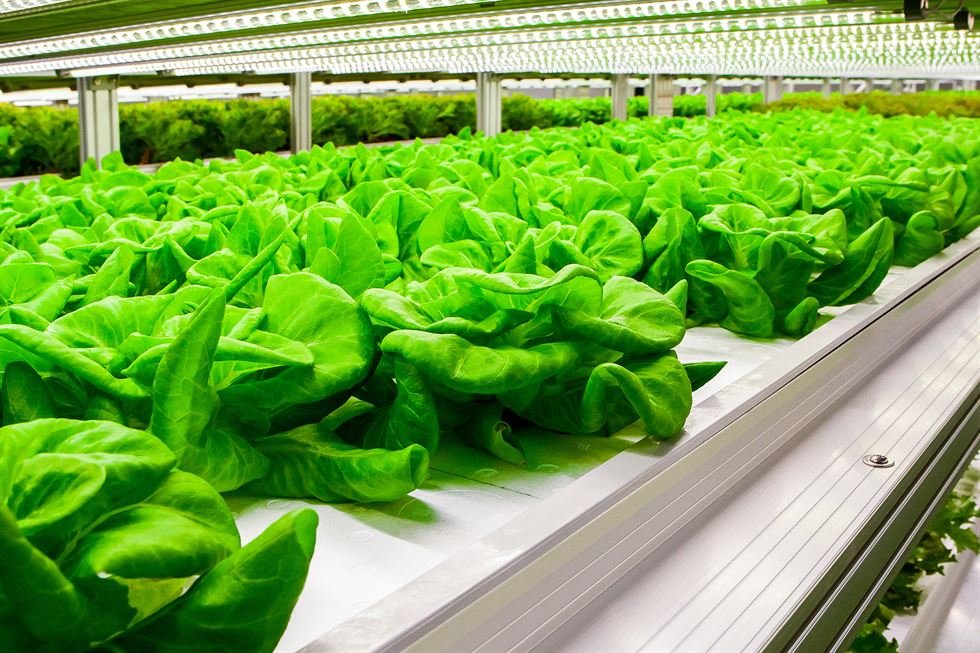
For centuries, farming relied on experience, intuition, and weather patterns. Today, it’s backed by data, technology, and scientific precision. Korean agricultural research institutions and startups are leading this movement, turning farms into laboratories where every stage — from seed germination to harvest — is measured, optimized, and improved.
The result? Cleaner, healthier vegetables grown using less land, less water, and fewer chemical inputs — all while maintaining consistent quality year-round.
The Science Behind Modern Korean Farming
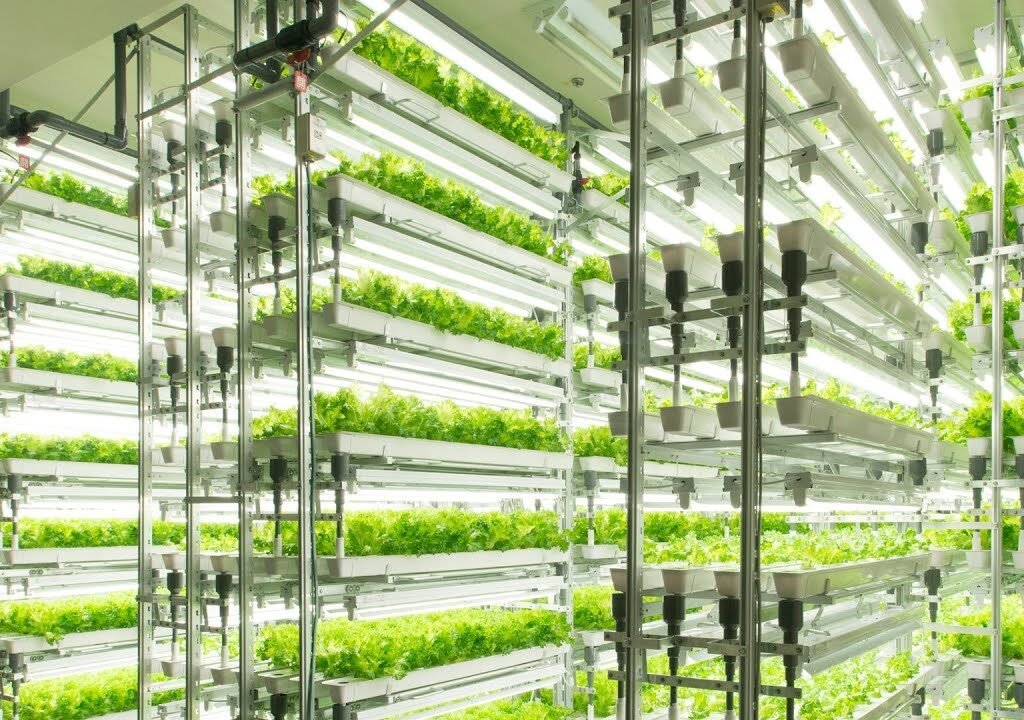
At the heart of this transformation lies a blend of scientific disciplines — biology, chemistry, engineering, and computer science. Let’s break down the main processes Korean scientists use to grow vegetables efficiently and sustainably.
1. Hydroponic Farming Systems
Hydroponics is a soil-free farming method where plants grow in nutrient-rich water solutions. Instead of relying on unpredictable soil conditions, Korean scientists use controlled hydroponic systems to give plants exactly what they need, when they need it.
In research facilities and smart greenhouses across South Korea, vegetables like lettuce, spinach, kale, and herbs grow in vertical racks or floating trays. Sensors monitor nutrient levels, pH, and water temperature continuously, ensuring that each plant receives the perfect environment for rapid growth.
Benefits:
- 90% less water than traditional farming
- No soil-borne diseases
- Faster growth and more harvests per year
- Pesticide-free produce
Hydroponics is especially valuable in urban areas or regions with limited farmland, helping cities like Seoul grow their own food locally and sustainably.
2. Smart Greenhouses with Climate Control
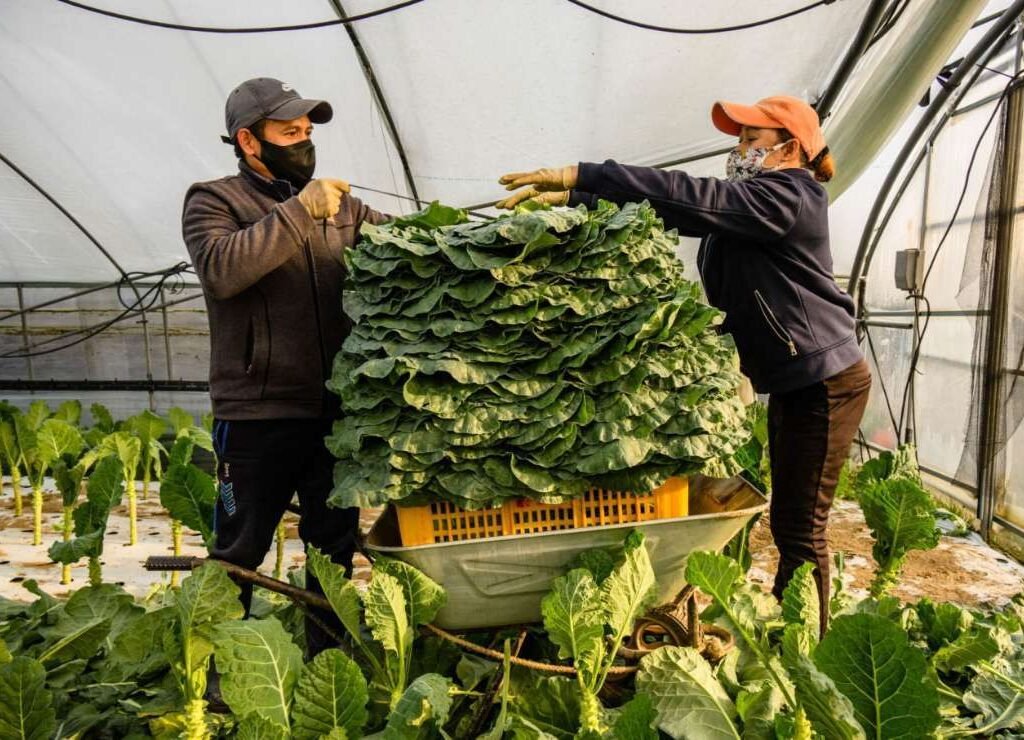
Another major breakthrough in Korean farming is the smart greenhouse — a completely automated environment controlled by sensors, computers, and AI algorithms.
In these facilities, temperature, humidity, and light intensity are precisely regulated. When sunlight is insufficient, LED grow lights provide the exact wavelengths needed for photosynthesis. When humidity rises, ventilation systems automatically adjust.
Farmers no longer guess when to water or fertilize; sensors and AI systems make those decisions based on real-time plant data.
Result: Healthier plants, predictable harvests, and vegetables that grow even in extreme weather conditions.
3. Aquaponics – The Natural Synergy Between Fish and Plants
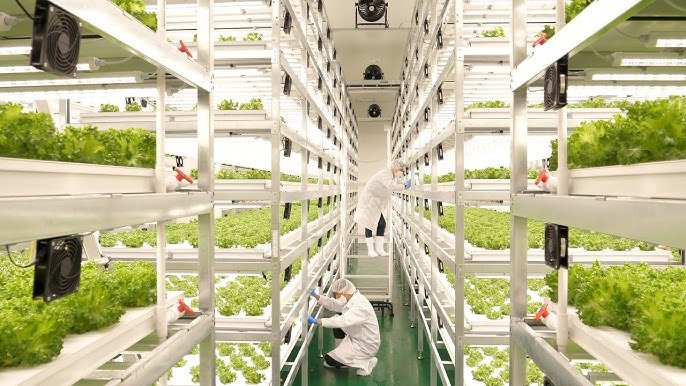
Korean scientists also experiment with aquaponics, an advanced farming method that combines aquaculture (raising fish) with hydroponics (growing plants).
Here’s how it works:
- Fish produce waste rich in ammonia.
- Beneficial bacteria convert this ammonia into nitrates, a natural fertilizer.
- The water containing these nutrients is circulated to the vegetable beds, feeding the plants.
- The plants, in turn, purify the water, which returns clean to the fish tanks.
This closed-loop system is sustainable, organic, and highly efficient. Korean farms use it to grow leafy greens, herbs, and even fruiting crops like tomatoes while simultaneously raising fish such as tilapia or carp.
Benefits:
- Zero chemical fertilizer or pesticides
- Efficient recycling of nutrients
- Minimal water waste
4. Vertical Farming – Maximizing Space, Minimizing Footprint
With limited land available in many Korean cities, vertical farming has become a symbol of innovation. By stacking growing layers vertically under LED lights, scientists can produce ten times more vegetables per square meter compared to traditional methods.
These vertical farms are housed in warehouses, basements, and even high-rise buildings. Inside, every environmental factor is controlled — light spectrum, airflow, temperature, and nutrient supply — allowing vegetables to grow 365 days a year without being affected by seasons.
This model is key to urban agriculture, ensuring fresh food is produced close to consumers, reducing transportation emissions and post-harvest losses.
The Role of Data and Artificial Intelligence in Farming
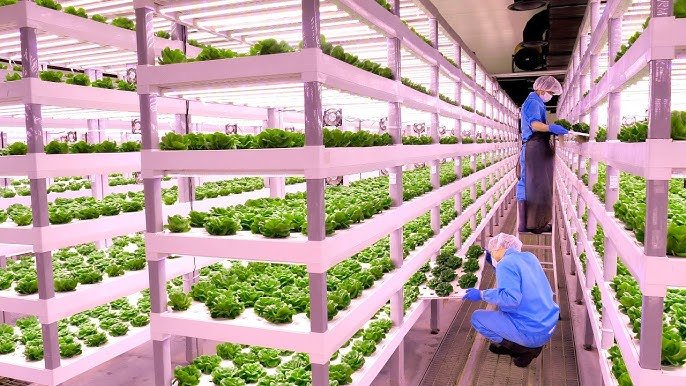
Modern Korean farms collect enormous amounts of data daily — from soil moisture and nutrient levels to plant growth rates and leaf color. Artificial intelligence (AI) analyzes this data, detecting subtle patterns humans might miss.
For example:
- AI can predict the ideal harvest date based on real-time growth data.
- Machine learning algorithms adjust nutrient mixes depending on plant stage.
- Automated robots handle seeding, transplanting, and harvesting.
This data-driven approach reduces human error and increases productivity, allowing farmers to focus on improving sustainability and crop quality.
Biotechnology and Genetic Research in Vegetable Production
Korean scientists are also using biotechnology to develop more resilient vegetable varieties. Through genetic selection and research (not necessarily genetic modification), they identify plants that naturally resist pests, tolerate temperature fluctuations, and produce higher yields.
For instance, certain lettuce and spinach cultivars bred in Korea can thrive in cooler indoor environments without losing flavor or texture. These innovations ensure reliable food production regardless of external climate changes — a crucial advantage in the era of global warming.
Sustainability and Eco-Friendly Goals
Science-driven farming is not just about productivity — it’s about protecting the planet. Korean agricultural research prioritizes:
- Water conservation: Systems recycle up to 95% of water.
- Energy efficiency: LED lights and renewable energy sources power indoor farms.
- Zero pesticide use: Biological pest control replaces chemicals.
- Waste reduction: Plant residues are composted or turned into biofertilizer.
These practices ensure that farming remains eco-friendly, even as demand for fresh vegetables increases.
Real-World Examples of Korean Scientific Farming
Across South Korea, several groundbreaking facilities are showcasing the future of agriculture:
- National Institute of Agricultural Sciences (NAS): Conducts research on smart hydroponics, robotic harvesting, and nutrient optimization.
- Seoul Smart Farm Center: Demonstrates vertical farming techniques for urban environments.
- Jeju Agricultural Technology Park: Uses aquaponics and greenhouse systems to grow tropical and temperate vegetables year-round.
These sites serve as learning hubs for farmers and students, helping spread scientific farming knowledge to the next generation.
From Laboratory to Table: The Freshness Advantage
Vegetables grown using scientific farming methods reach consumers faster and fresher. Since most are grown locally — even within cities — the time between harvest and table can be just a few hours.
Consumers benefit from:
- Fresher, crisper produce with better taste and nutrition.
- Cleaner vegetables, free from pesticides and chemical residues.
- Transparent sourcing, as each crop’s growing conditions are recorded digitally.
This creates a new level of trust between growers and consumers, something traditional large-scale agriculture often lacks.
Challenges and Future Directions
Despite the success of scientific farming, challenges remain. High initial setup costs, energy use for lighting, and limited scalability in some regions are hurdles scientists continue to address.
However, ongoing research is solving these issues rapidly. Solar-powered farms, more efficient LED systems, and AI-driven resource management are making high-tech farming increasingly accessible.
The next frontier is community-level smart farms — small, modular systems that households or local cooperatives can use to grow their own food year-round.
Conclusion: Farming as a Living Science
The phrase “farming is science” perfectly captures what’s happening in South Korea today. What was once manual labor is now a precise, data-backed process — a fusion of biology, engineering, and innovation.
By mastering controlled environments, nutrient science, and smart technology, Korean scientists are proving that sustainable food production can be achieved anywhere — even in urban settings or regions with poor soil.
The vision is clear: a future where everyone has access to fresh, healthy vegetables grown locally and sustainably, powered not by luck or weather, but by knowledge, innovation, and the science of farming.
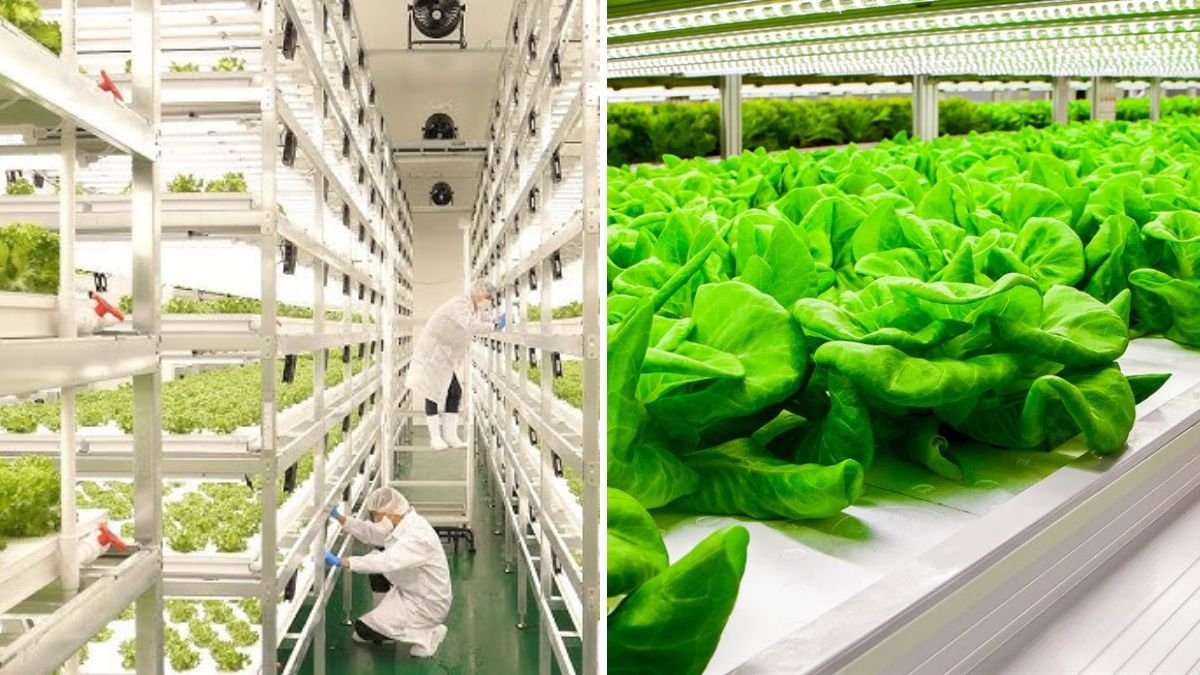




Leave A Comment